Industry information
Company News
- Ceiling aluminum veneer: a fashionable choice for modern architecture
- Ceiling aluminum veneer: a perfect combination of fashion and practicality
- Aluminum veneer: the "silver fashion" coat of modern architecture
- Fluorocarbon aluminum veneer: the "invisible garment" of fashionable architecture
- Ceiling aluminum veneer: a perfect fusion of fashion and practicality
Industry dynamics
- Can aluminum veneer be used for building shading design?
- Six major advantages and characteristics of fluorocarbon aluminum veneer
- Characteristics and Applications of Colored Perforated Aluminum Veneer
- Aluminum veneer customization, creating a new trend of personalized space
- Ceiling aluminum veneer: the new darling of light luxury space
Frequently asked questions
- How to choose high-quality aluminum veneer?
- How to improve the wind resistance performance of aluminum veneer?
- How to improve the sound insulation performance of aluminum veneer?
- How to extend the service life of aluminum veneer?
- How to store and transport aluminum veneer correctly?
contact us
Mobile:+86 15627778610
Email: 2201229786
Address: No. 5 Binjiang Road, High tech Zone, Zhaoqing City, Guangdong Province
Reflection characteristics and light utilization of aluminum veneer
- Author: Lesilong Technology (Guangdong) Co., Ltd
- Release time: 2022-03-08 22:14:58
- Click:0
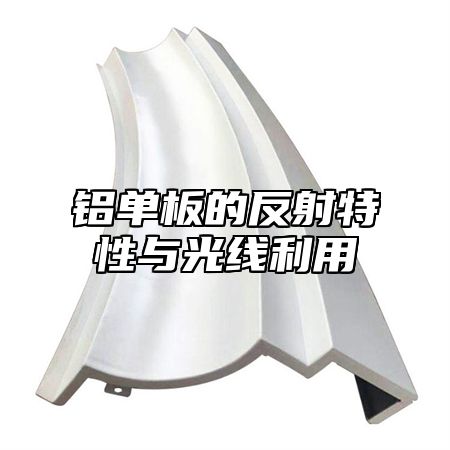
Aluminum veneerAs a new type of building material, it has the advantages of lightweight, high strength, recyclability, and strong corrosion resistance. In addition to these basic characteristics, aluminum veneer also has reflective properties and light utilization capabilities, which can be applied in the lighting design of buildings. The following will provide a detailed introduction to the reflection characteristics and light utilization of aluminum veneer.
1、 Reflection characteristics of aluminum veneer
The reflection characteristics of aluminum veneer are mainly manifested in its surface treatment. Normally, the surface of aluminum veneer undergoes anodizing treatment to form a dense oxide film. This oxide film has a high reflectivity, which can reflect light and improve indoor lighting.
The color of aluminum veneer can also affect its reflection characteristics. Generally speaking, darker colored aluminum veneers have higher reflectivity, while lighter colored aluminum veneers have lower reflectivity. When designing architectural lighting, it is necessary to choose the appropriate aluminum veneer color and surface treatment method according to the actual situation.
2、 The light utilization ability of aluminum veneer
The light utilization ability of aluminum veneer is mainly reflected in its structural design. Usually, aluminum veneer adopts a honeycomb structure or hollow structure, which creates certain gaps inside. These gaps can effectively absorb and reflect light, thereby achieving the reuse of light.
Aluminum veneer can also be combined with other materials to form more complex structures. For example, aluminum veneer can be combined with glass curtain walls to form a transparent facade; Alternatively, aluminum veneer can be combined with concrete to create a stable and atmospheric facade effect. These structures can effectively utilize light and improve the overall lighting effect of the building.
3、 Case analysis
The following is an application case of aluminum veneer in architectural lighting design: A commercial building uses honeycomb structured aluminum veneer as exterior wall decoration material and sets LED light strips inside it. In this way, not only can the reflection characteristics and light utilization ability of aluminum veneer be fully utilized, but also the lighting effect inside commercial buildings can be achieved. In the end, the aluminum veneer exterior walls and LED lighting strips of the commercial building successfully achieved the dual purpose of architectural decoration and lighting design.
4、 Conclusion
The reflection characteristics and light utilization ability of aluminum veneer are important factors in its application in architectural lighting design. When using aluminum veneer for architectural lighting design, it is necessary to choose suitable materials and design schemes according to the actual situation to achieve the best application effect.
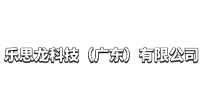
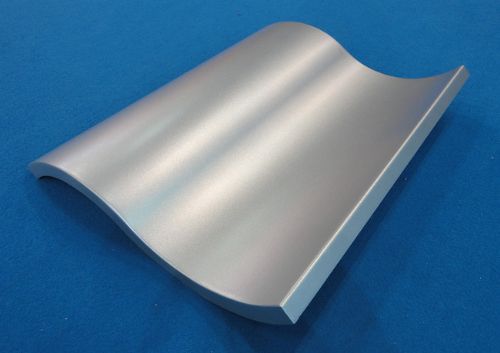
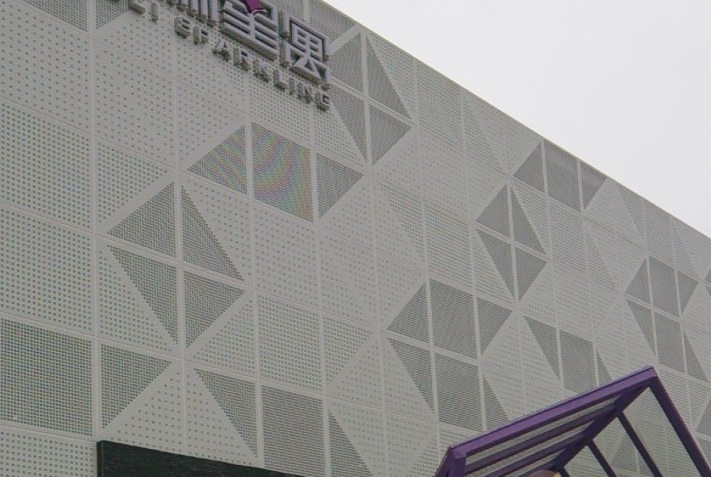
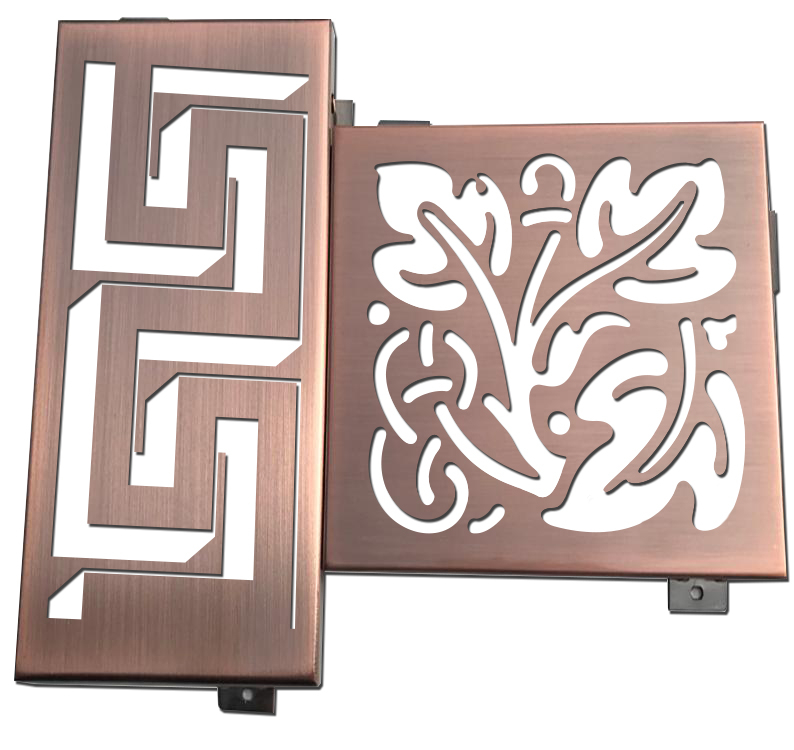
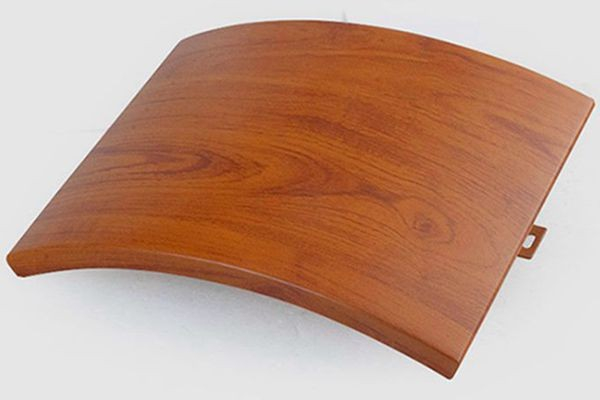


 Customer service QQ
Customer service QQ